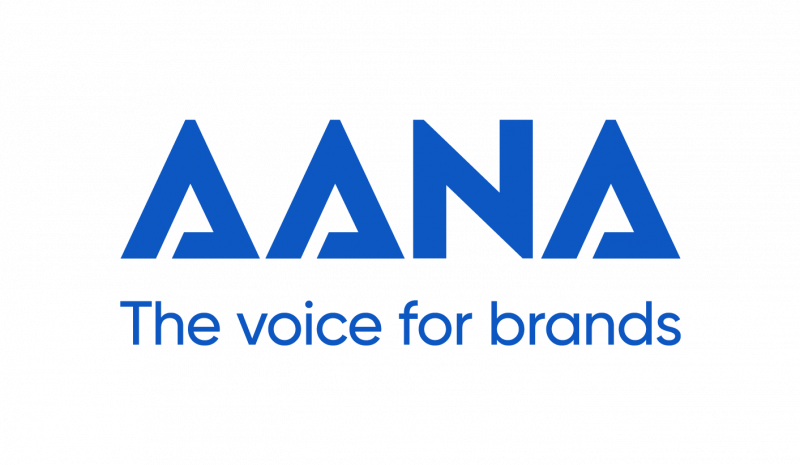AANA urges digital advertisers to not support bad actors during the war
The Australian Association of National Advertisers (AANA) has released a statement, as a pre-emptive measure, to urge both advertisers and ad platforms to ensure that digital advertising dollars are not supporting “bad actors” or misinformation in light of the Russian invasion of Ukraine.
The AANA is a member of the Global Alliance for Responsible Media (GARM), a cross-industry initiative established by the World Federation of Advertisers to address the challenge of harmful content on digital media platforms and its monetisation via advertising.


